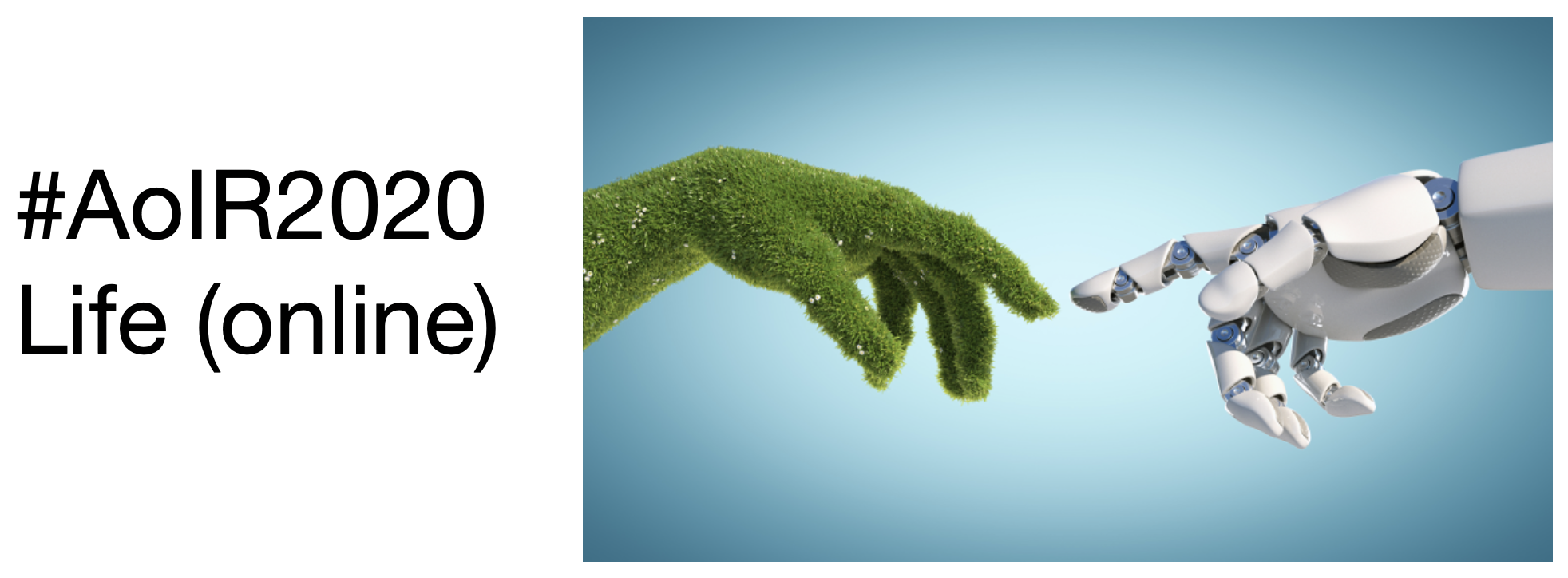LIFE AS A NETWORKED FAN
DOI:
https://doi.org/10.5210/spir.v2020i0.11216Palabras clave:
fan studies, networks, platforms, policyResumen
In studying how fans live their lives online, a common lens has been to consider fandom as fan community (e.g. Sullivan, 2019). Modern digital social networks appear to be complicating this picture, with some scholars suggesting that online fandoms are fragmenting (e.g. Coppa, 2014). In this work, we report on a variety of case studies carried out using ethnographic and survey methods. These examine examples of fans whose networks span both online and offline spaces (for example fan tourism to Scotland initiated through membership of Outlander fan Facebook groups), and who may move between different micro-fandoms either consecutively or concurrently (for example Doctor Who fans watching via Twitch). Though this we demonstrate how individuals form networks around themselves which extend into multiple online and offline spaces, creating a multilayered personal interaction space. Building on the work of Rainie and Wellman (2012) we provide an alternative viewpoint of fan-centered rather than community-centered networks, and discuss how activities within a single person’s network may manifest differently depending on the affordances and policies of different digital platforms. We propose that future work should interrogate how policies related to such communal digital spaces, both written and socially constructed, impact upon individual and community behavior online and offline. Coppa, F. (2014). Fuck yeah, Fandom is Beautiful. The Journal of Fandom Studies, 2(1), 73–82. https://doi.org/10.1386/jfs.2.1.73_1 Sullivan, J. L. (2019). Media audiences: Effects, users, institutions, and power (Second edition). SAGE. Rainie, H., & Wellman, B. (2012). Networked: The new social operating system. MIT Press.

